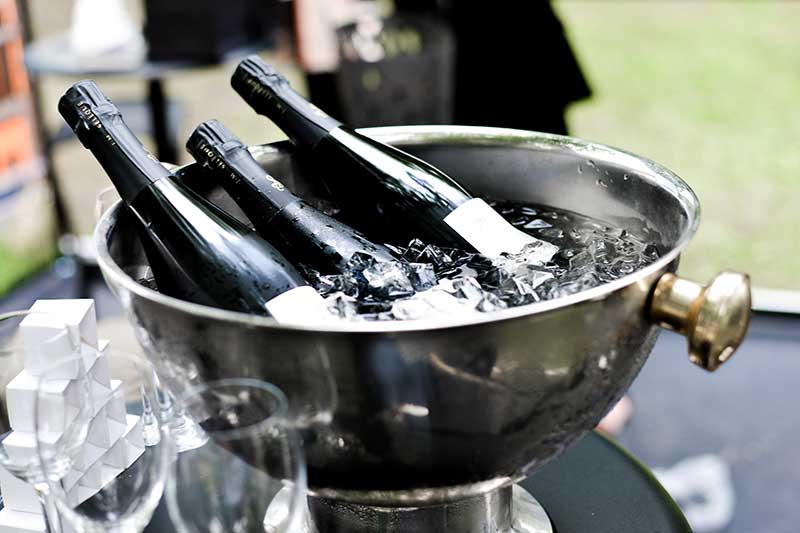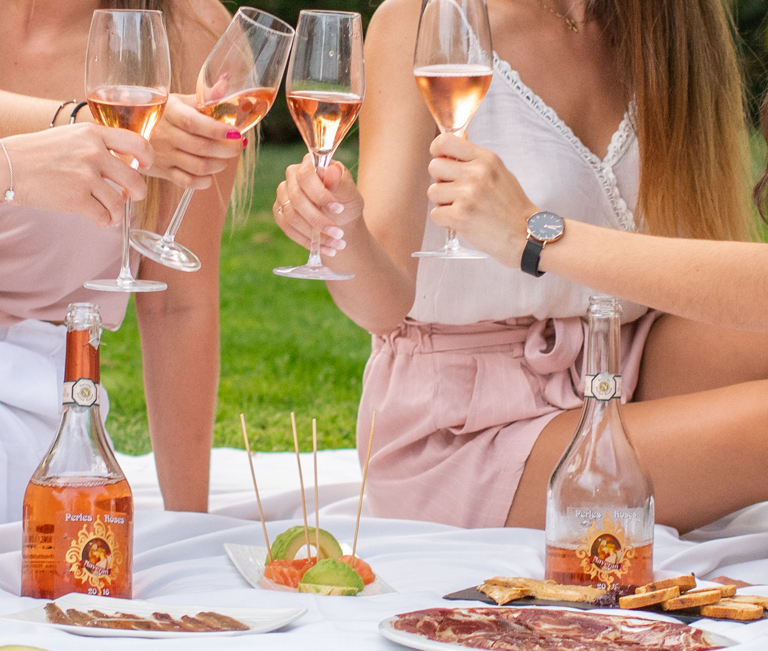Keeping cava at home … It seems incredible that something that initially seems so simple, can become complicated in this way. Whether you are cava expert or simply you have come here because you need advice; You will know that internet is full of opinions about temperature, position, light, how long the cava can be kept at home, what to do if the bottle is left open … Sometimes, it is not an exact science: each cava is different. From the experience of our winemakers and other professionals at Cavas Naveran, we give you 5 keys to keep the cava at home, with its reasons and, also, some curiosities.
1. Where do we keep cava at home?
Here the fun begins, finding the perfect place is a pipe dream. Do you know why? Well, because cava needs to be kept in a cool, dark place, but (pay attention here) at the same time, dry. The kitchen would be ruled out: there are many changes in temperature. What options do we have? Well, if you have a room to store food, a storage room that is not humid, or that closet with a free corner … We take it all for good. In short, you have to look for the coldest place in the whole house (especially in summer), where the light does not reach it and without humidity.
2. How do we preserve the bottles of cava?
Bottles must be placed in a vertical position. Although they rest horizontally, so that the sediments precipitate, in the cellars during the aging phase; after disgorging and bottling they should be done standing up so that the cava does not catch the flavor of the stopper. Ah! And don’t worry if the cap dries out: when we keep the cava bottles upright, the magical bubbles of carbon dioxide are already in charge of moistening the cap slowly and carefully. At Naveran, we bottle our cavas with a natural cork stopper tied with washers so that the bottle is well closed, without the possibility of natural bubbles escaping
3. Until when can we keep the cava at home?
We can keep the cava at home for a year from the date of purchase (it is understood that one or two months have passed since disgorging), without losing its qualities. Of course, we must have the correct conditions in our home (cool, dark and dry). The aged cavas have aged in the cellars and after disgorgement, it is when they are at their optimum moment of consumption. That is, it is not necessary to do an extra parenting period at home, they can be consumed directly ;).

4. How do we cool the cava?
We should never put cava in the freezer. We know that you have seen it done many times, but the change in temperature that the cava experiences in the freezer is too sudden and this could affect its properties. Although cava should be served cold, we cannot overdo it: the freezer’s cold can be excessive and it would not allow us to enjoy the special organoleptic characteristics that a good cava has. To properly cool a bottle of cava, it is best to put it 24 hours before serving it in the fridge, at a very cold temperature. At the time of serving it, it will be very useful to have an ice bucket with ice and water. A trick: if you add a little salt, the ice will melt and the cold will reach the bottle sooner.
5. And once the bottle of cava is opened?
Here we find more than one myth that is false: that cava should be consumed instantly and quickly … Or that if we put a spoon backwards, we will conserve gas (this myth comes from the belief that the metal absorbs heat). When we open a bottle of cava, the contact with the air generates a loss of pressure causing the carbon dioxide gas, in the form of bubbles, to escape from the bottle. However, this does not prevent us from keeping the cava at home for a few days while maintaining its properties. Carbon dioxide is not only responsible for effervescence, but also contributes to other properties such as taste. Next, we leave you a couple of tips to ensure that the gas does not escape from the bottle so soon and thus keep the cava at home for a few more days.
Maintain the optimal temperature
The first tip is to keep it cold with an ice bucket, once we have it on the table ready to serve. Thanks to the cold, the movement of the carbon gas is slower and therefore, it is more difficult to get out of the bottle, once it comes into contact with the air.
An airtight cap, our best ally
There are silicone plugs with hermetic closure to keep the carbon dioxide. Therefore, once the glasses have been served, we will place the hermetic cap on the bottle to preserve the cava with all its properties. If at the end we still have cava in the bottle, we can put it back in the fridge in the vertical position and with the hermetic cap in place. Don’t worry, if the cap is of good quality, it will last a couple of days longer. Keep in mind that every time we remove the cap to serve the cava, a good amount of gas escapes (due to the loss of pressure, hence the noise). Therefore, the less we open the bottle, the better.
Cava, also at home
You see that following a series of simple instructions you can enjoy cava at home. And there is nothing better than a long after-dinner with family or friends; where conversations flow entertaining, enlivened by the bubbles of a good cava.


